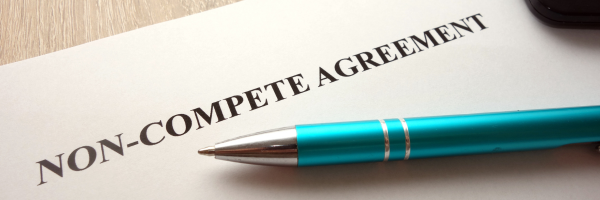
While some industries are busy due to holiday shopping and seasonal employment, recruiting often slows during the winter months—especially after the winter holidays. However, winter is also when many job candidates are setting goals and making plans for the coming year, which may include searching for new jobs and opportunities. Additionally, less recruiting activity means employers seeking to attract and hire employees during the winter may experience a competitive advantage over similar organizations.
Simultaneously, many employers struggle to keep employees engaged during the winter months. Employers may notice decreased workplace productivity and morale associated with the cold, dark weather and stress of the holidays and winter months. Left unaddressed, a winter slump can negatively impact employee satisfaction and retention, leading to increased turnover rates and other employment challenges.
Savvy employers can use winter employment challenges as opportunities to attract talented job candidates and re-energize the workforce. This article provides guidance for winter attraction and retention.
Winter Attraction Tips
Many individuals have more free time around the holidays. This provides an opportunity for employers to boost their recruiting efforts at a time when potential candidates have more free time and lenient schedules. Employers can consider the following strategies to improve winter attraction:
- Ramp up social media efforts
- Launch an employee referral program
- Share organizational and employee successes on social media
- Schedule interviews while candidates have free time around the holidays
- Build a talent pipeline to take advantage of the reduced hiring competition
- Recruit college or university students who graduated during the fall semester
- Use employment websites to improve branding and candidate outreach.
- Create a mobile-friendly application process
- Be quick and transparent with all candidate communications.
Winter Retention Tips
During the winter, employees often get less physical activity, spend less time outdoors and see their friends more infrequently. Additionally, many individuals experience a post-holiday slump, which refers to a period of mental fatigue or depression due to the emotional, financial and physical stress of the holiday season. This can negatively impact employees’ mental health and workplace performance. Employers can consider the following practices to boost employee engagement and retention during the winter months:
- Recognize and reward employees for good work and accomplishments
- Encourage goal-setting at the team, department and individual level
- Train employees to ensure they’re well-equipped to handle their workplace responsibilities
- Host active work breaks, such as 10-minute stretching or exercise options around the office
- Offer employees flexibility on days of severe winter weather
- Promote idea sharing and collaboration.
- Check-in with employees on a personal and professional level.
- Design a comfortable workspace (e.g., soft lighting and lounge chairs).
- Celebrate and encourage employees’ personal successes (e.g., birthdays and weddings).
- Encourage employees to take work breaks together.
- Offer holiday bonuses and other incentives (e.g., gift cards or prepaid cards).
- Encourage employees to take paid time off.
Conclusion
Winter can create employment challenges for employers looking to attract and retain talented individuals. Employers that adopt a proactive approach to attraction and retention during the winter months can combat employment challenges that might otherwise contribute to low morale, decreased productivity and high turnover rates.
Contact us today for more workplace resources.
Sign up for our newsletter.



Have a question? Get in touch.
Our Services.
From the Blog.


Our Company.
Sign up for our Newsletter.
Designed and Developed by Vessel Digital Marketing

